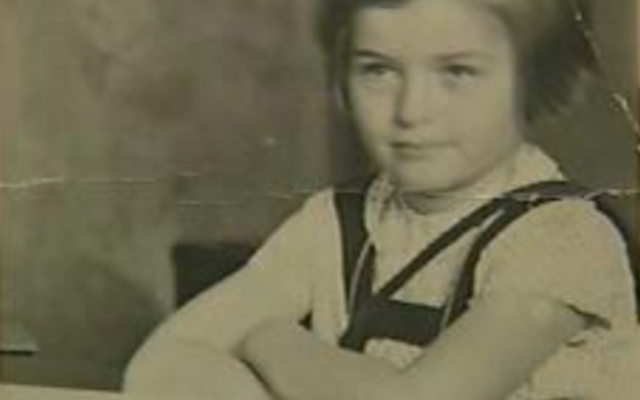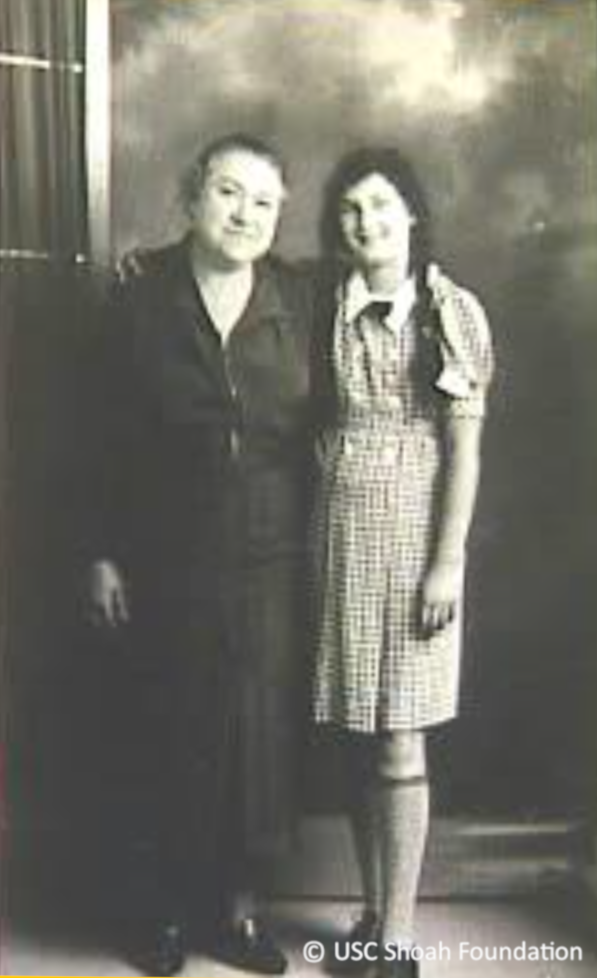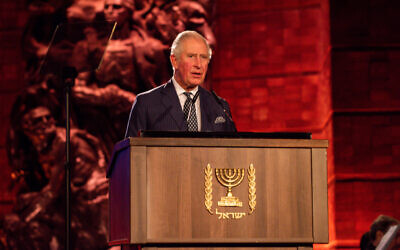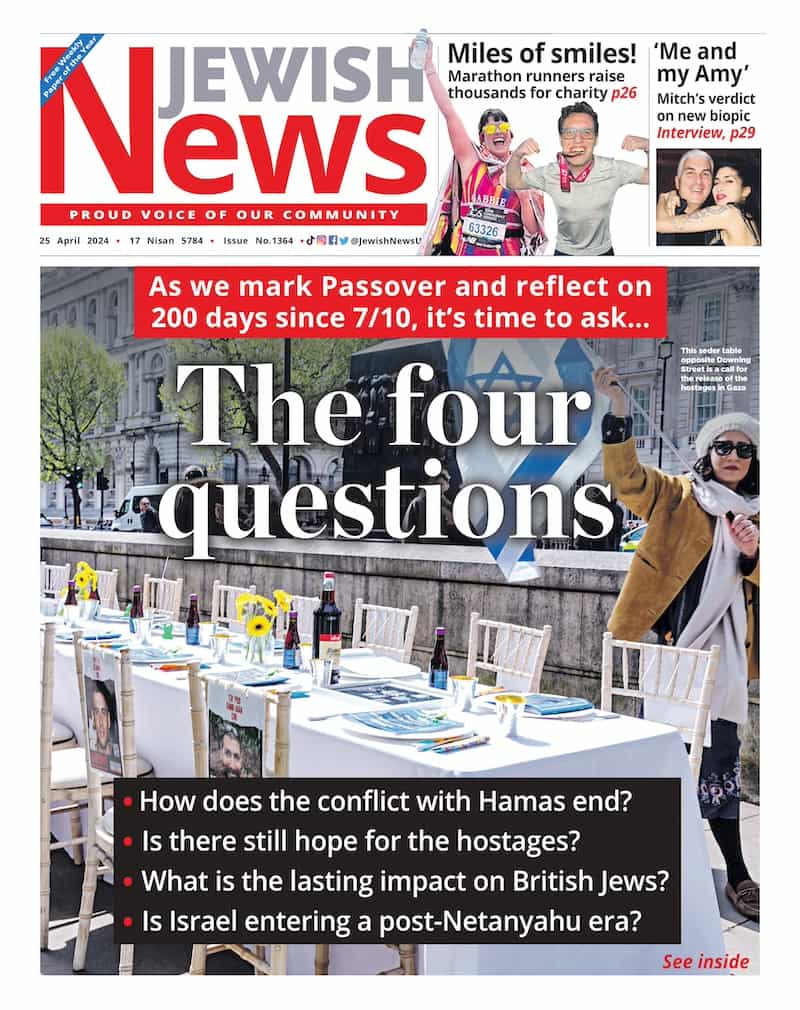Children taught about Holocaust through eyes of Welsh child refugees
Free teaching materials built around video testimonies from child refugees who came to Wales in the 1930s to escape Nazi persecution.

An ambitious project encouraging pupils to learn about the Holocaust through the video testimonies of young Welsh refugees has been developed for schools in English and Welsh.
The Holocaust Education Resources for students and teachers in Wales has been produced by The Jewish History Association of Wales/ Cymdeithas Hanes Iddewig De Cymru, (JHASW/CHIDC) as part of a project called the European Network of Testimony Based Digital Education.

Image from Inge Hack’s interview from the archive of the USC Shoah Foundation – The Institute for Visual History and Education, 1997. For more information: http://sfi.usc.edu/.
Key topics for primary and secondary school students will include pre-war Jewish life, the responsibility of ordinary people, Jewish resistance and Britain’s response. A range of sources, including photographs, parliamentary debates and trial transcripts are also available.
In English and Welsh, they include online classroom activities, educational resources, and teacher guidance notes on the history of the Holocaust and its connection to Wales. They are aligned to the new Welsh curriculum and free to use.
The materials are built around video testimonies from child refugees who came to Wales in the 1930s to escape Nazi persecution. These survivor testimonies were collated from the USC (University of southern California) Shoah Foundation visual history archive.

They tell local stories and show Jews as part of a collective, shared Welsh history and also give voice to the individuality and common humanity of Jewish lives and communities destroyed by the Holocaust.
Emelye Clifford, JHASW/CHIDC education officer says the effects of social media and the rise in antisemitic hate incidents are a “chilling reminder” that the lessons of the Holocaust continue to have urgent relevance.
Clifford believes the new Holocaust education materials can “confront the devastating, disorienting truths of how and why the Holocaust happened”, as well as “educating children on the full depth and vitality of Jewish life that was lost.”
As part of the project, she has “been struck by the extraordinary voices and memories of the Holocaust survivors who escaped to Wales”, calling them “enlightening and profoundly necessary”.
JHASW/CHIDC is now training teachers in Wales on using the resources in the classroom. The charity aims to apply for additional funding to expand its education resources further.

Thank you for helping to make Jewish News the leading source of news and opinion for the UK Jewish community. Today we're asking for your invaluable help to continue putting our community first in everything we do.
For as little as £5 a month you can help sustain the vital work we do in celebrating and standing up for Jewish life in Britain.
Jewish News holds our community together and keeps us connected. Like a synagogue, it’s where people turn to feel part of something bigger. It also proudly shows the rest of Britain the vibrancy and rich culture of modern Jewish life.
You can make a quick and easy one-off or monthly contribution of £5, £10, £20 or any other sum you’re comfortable with.
100% of your donation will help us continue celebrating our community, in all its dynamic diversity...
Engaging
Being a community platform means so much more than producing a newspaper and website. One of our proudest roles is media partnering with our invaluable charities to amplify the outstanding work they do to help us all.
Celebrating
There’s no shortage of oys in the world but Jewish News takes every opportunity to celebrate the joys too, through projects like Night of Heroes, 40 Under 40 and other compelling countdowns that make the community kvell with pride.
Pioneering
In the first collaboration between media outlets from different faiths, Jewish News worked with British Muslim TV and Church Times to produce a list of young activists leading the way on interfaith understanding.
Campaigning
Royal Mail issued a stamp honouring Holocaust hero Sir Nicholas Winton after a Jewish News campaign attracted more than 100,000 backers. Jewish Newsalso produces special editions of the paper highlighting pressing issues including mental health and Holocaust remembrance.
Easy access
In an age when news is readily accessible, Jewish News provides high-quality content free online and offline, removing any financial barriers to connecting people.
Voice of our community to wider society
The Jewish News team regularly appears on TV, radio and on the pages of the national press to comment on stories about the Jewish community. Easy access to the paper on the streets of London also means Jewish News provides an invaluable window into the community for the country at large.
We hope you agree all this is worth preserving.





















